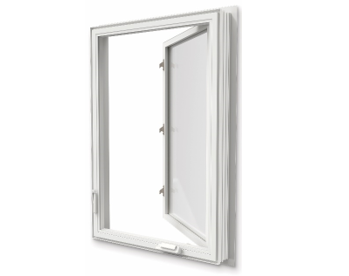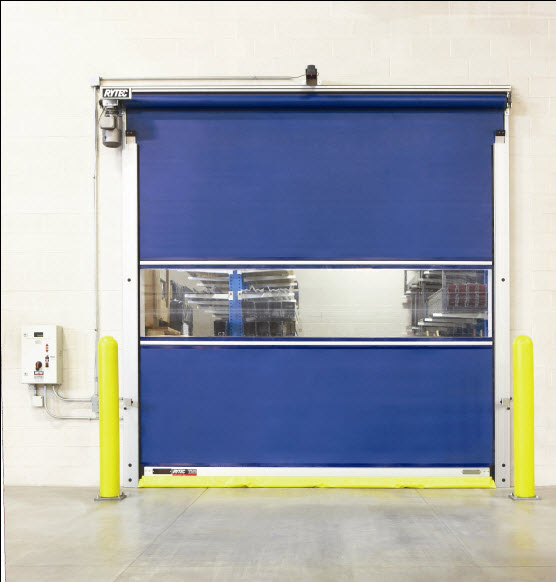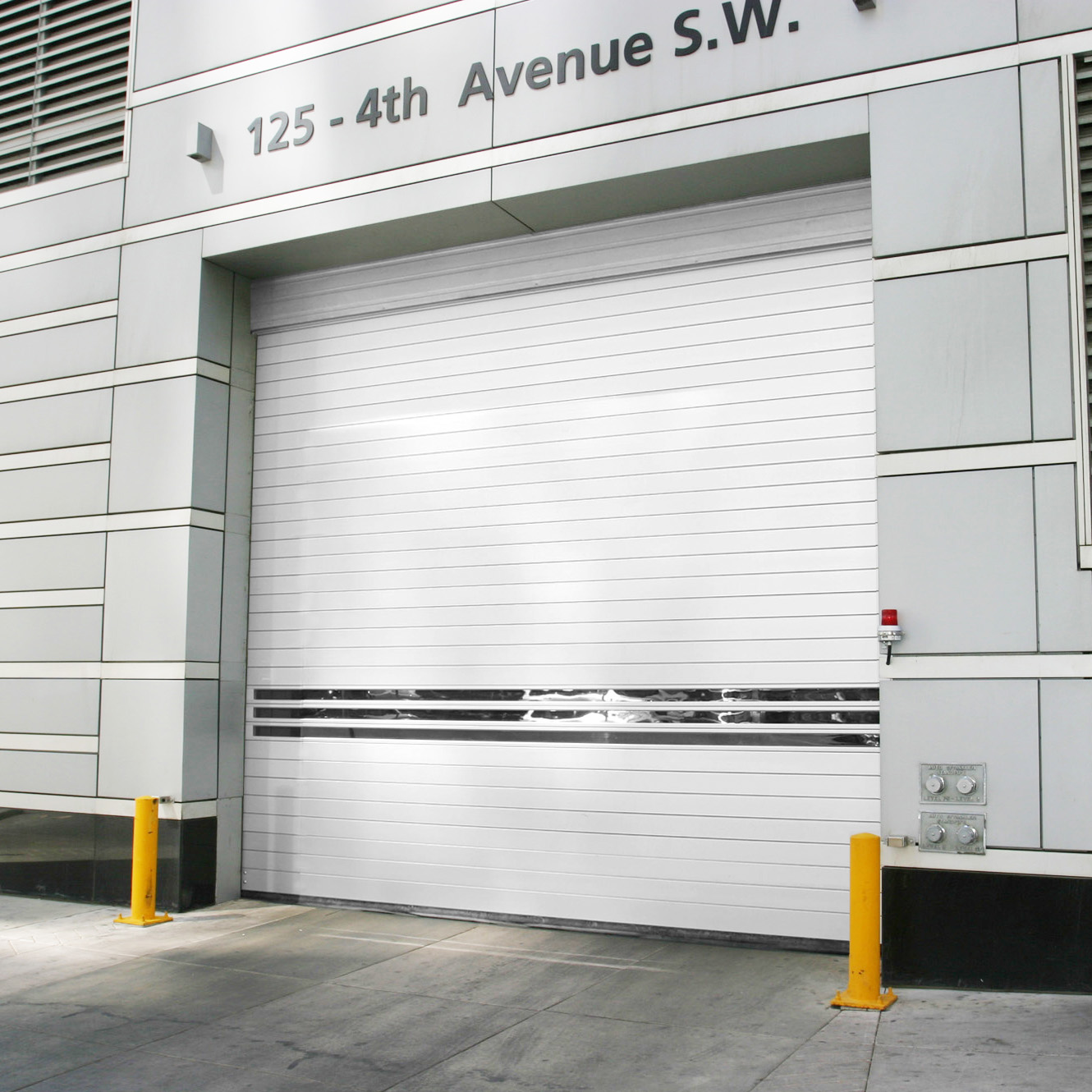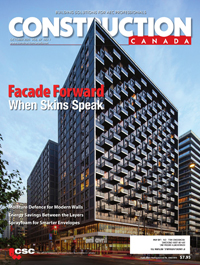Whole-building gains with sprayfoam
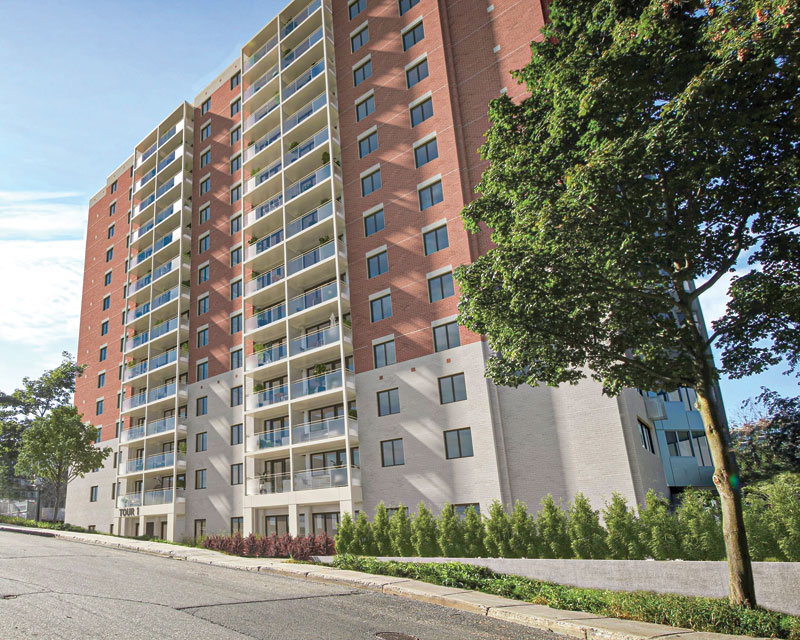
For many, the appeal of sprayfoam insulation (SPF) lies in two key characteristics: its high R-value per inch and its ability to act as an air barrier. Among the two main types, open-cell and closed-cell, closed-cell SPF stands out for its combination of thermal performance, air sealing, and vapour control and radon protection. At R-6 per inch, it offers thermal resistance in a fraction of the space required by traditional insulation. This checks an important box for many builders who are working with space-constrained assemblies or retrofits that often have limited space in walls, floors, roofs, or attics. What is more, it can streamline construction and help meet aggressive energy targets as it insulates and air-seals in a single application.
However, these features are a mere springboard for SPF’s real impact. SPF interacts with nearly every aspect of a building, from HVAC sizing to envelope durability and moisture control, becoming an instrumental contributor to whole-building performance. In both new builds and retrofits, its versatility helps close performance gaps that traditional insulation systems often struggle to address.
SPF affects multiple building systems, making it critical for stakeholders to adopt a holistic approach to its application. Doing so opens the door to better performance, smarter system integration, and longer-lasting assemblies. It can meet modern expectations on energy efficiency and code compliance, and just as importantly, ensure occupant comfort.
Efficiency through integration

As a direct result of its dual ability to insulate and air-seal, SPF creates a seamless barrier that blocks heat transfer and air movement. From this foundation, a cascade effect follows: HVAC units work more efficiently, energy use drops, and building design becomes simpler and more performance-driven.
HVAC units benefit immensely from SPF. Simply put, SPF keeps the heat in during winter, and it keeps the heat out during summer. As a direct result of reduced air leakage, HVAC systems experience less strain and do not need to run as frequently or for extended periods.
The operational impact of SPF extends beyond dollar savings from less HVAC use. Many builders choose to “oversize” HVAC systems to compensate for the high risk of energy loss; but tightly sealed buildings allow for safe downsizing without sacrificing occupant comfort. That translates to smaller equipment, better load matching, and reduced peak energy demand across a range of building types, from custom homes to multi-tenant commercial spaces.
A consistent and well-insulated envelope also makes it possible to use advanced mechanical systems such as heat recovery ventilators (HRVs), variable refrigerant flow (VRF) systems, and low-load heating technologies effectively. These systems are designed for high-efficiency buildings where heat and airflow can be precisely managed. Without a tightly sealed, predictable envelope, their performance suffers—they may become oversized, inefficient, or unable to maintain comfort. SPF helps create that level of control, enabling smarter system design and more reliable, long-term efficiency.
All in all, SPF supports greater design accuracy. With fewer unknowns in the envelope’s performance, HVAC designers and energy consultants can model system loads more confidently, reduce margin for error, and streamline commissioning—contributing to better life-cycle outcomes and more reliable occupant comfort.

Moisture management
Moisture intrusion is a common yet often overlooked building issue, often taking a backseat in the design phase. However, poor planning for both can significantly impact material durability, long-term maintenance costs, and occupant comfort. SPF steps in and addresses these two issues effectively.
In managing moisture, closed-cell SPF helps by serving as both an air and vapour barrier. It blocks warm, humid air from entering the building envelope and condensing within walls, floors, or roofs. In above-grade walls, it also stops water from entering crevices or pockets, even without additional layers or membranes, making it especially effective in buildings or other assemblies exposed to seasonal humidity, wind-driven rain, or below-grade conditions.
When used together with proper exterior moisture protection, such as flashing, drainage planes, or waterproofing, SPF can take care of interior moisture control on its own. By taking on insulation, air sealing, and vapour control, it eliminates the need for other interior layers. The result is a tighter, drier envelope that supports long-term material performance and reduces the risk of mould, corrosion, or structural degradation.

Enabling sustainability goals
A well-insulated, airtight envelope is one of the most impactful ways to reduce a building’s carbon footprint—both operational and embodied. Insulation is not just about saving energy anymore; it is expected to deliver measurable environmental benefits, support carbon goals, and stand the test of time. SPF’s inherent airtightness and thermal resistance make that possible. By combining insulation, air sealing, and vapour control in one step, SPF simplifies construction while boosting overall performance.
The environmental profile of SPF has also come a long way. Many modern formulations now use ultra-low global warming potential (GWP) blowing agents, cutting embodied carbon significantly compared to earlier products. When paired with decades of energy savings and little need for maintenance, SPF becomes a powerful asset in reaching net-zero and carbon-neutral building goals.
Its long-term durability only strengthens that impact. Unlike some traditional materials that can sag, shift, or need replacement, sprayfoam holds its shape and performance for the life of the building. That means less material waste, fewer disruptions, and a lower total cost of ownership. For project teams focused on life-cycle sustainability, that kind of reliability really matters.
Adapting to retrofit and renovation challenges
Retrofit projects often require more from insulation systems, with less space to work with, less tolerance for disruption, and tighter constraints on design flexibility. SPF rises to the challenge by delivering high performance in limited conditions, allowing teams to upgrade existing buildings without compromising the original design or constructability.
Older structures frequently have irregular framing, aging materials, and uneven surfaces. SPF adapts easily to these realities, conforming to cavities, bonding directly to a range of substrates, and delivering multiple control layers in one step. Air sealing, thermal resistance, and moisture management are all built in, making it an ideal fit for assemblies that cannot be fully rebuilt or reconfigured.
Due to its high R-value per inch, SPF can improve performance without thickening walls, an especially important advantage in urban infill projects, where preserving facade details or maximizing interior space is essential. It also performs well in tricky assemblies with dissimilar materials, tight transitions, or restricted access, where conventional insulation methods often fall short or require heavy detailing.
For contractors and building owners pursuing deep energy retrofits or working within incentive programs, SPF supports air sealing goals, improves blower door test results, and contributes to verifiable energy savings. And with fewer layers to install and simpler sequencing, it helps keep projects on schedule, minimizing downtime in commercial and institutional settings where disruption can be costly.
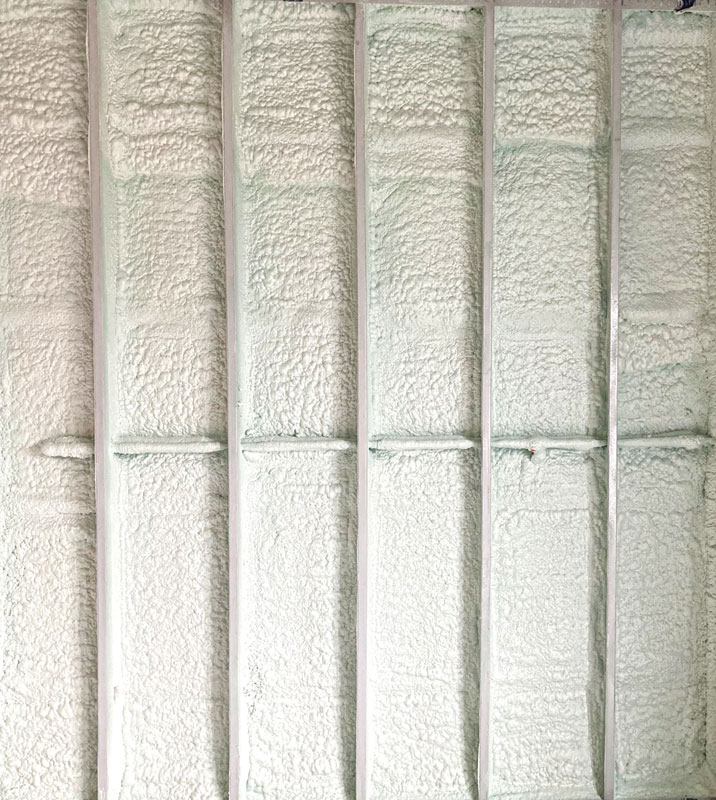
Working with the right expertise
Getting the most out of any high-performance insulation takes more than choosing the right product—it requires skilled application and thoughtful integration into the broader building strategy. With SPF in particular, success starts well before installation, with careful planning around sequencing, detailing, and co-ordination between trades.
Experienced installers bring much more than technical ability. They know how to evaluate substrates, manage material transitions, and ensure continuity at critical points in the envelope. Their understanding of building science, code requirements, and performance testing helps avoid common pitfalls and supports quality assurance—especially on projects targeting certifications or advanced energy standards.
The best outcomes often come from early collaboration between architects, envelope consultants, manufacturers, and insulation contractors. When used strategically, sprayfoam can take the place of multiple control layers—serving as insulation, air barrier, radon barrier, weather resistive barrier and vapour barrier—streamlining assemblies and reducing the chance of performance issues later.
In an era of increasingly strict codes and performance expectations, having qualified professionals on board ensures that insulation systems not only meet technical requirements but also deliver long-term value. That expertise helps optimize cost, simplify scheduling, and support sustainability goals across the life of the building.
Conclusion
SPF may start at the building envelope, but its impact reaches beyond the walls. It helps reduce HVAC size and complexity, manage moisture, enhance occupant comfort, and support long-term sustainability goals, making it a key player in high-performance construction.
Its ability to combine insulation, air sealing, and moisture control in a single material brings efficiency to both design and construction. And with long-term durability built in, that performance holds steady well after the building is occupied.
For teams focused on whole-building outcomes—energy savings, comfort, compliance, and resilience—sprayfoam delivers more than just insulation. It is a tool for building smarter, stronger, and more sustainably from the inside out.
Author
Maxime Duzyk is the senior global director of building science and engineering at Huntsman Building Solutions. He holds a background in architecture and has been in the sprayfoam insulation business for the last 15 years. Duzyk is involved with different building envelope committees and associations in North America such as CSC, SFC, SPFA, CCMC, and ULC Standards.


